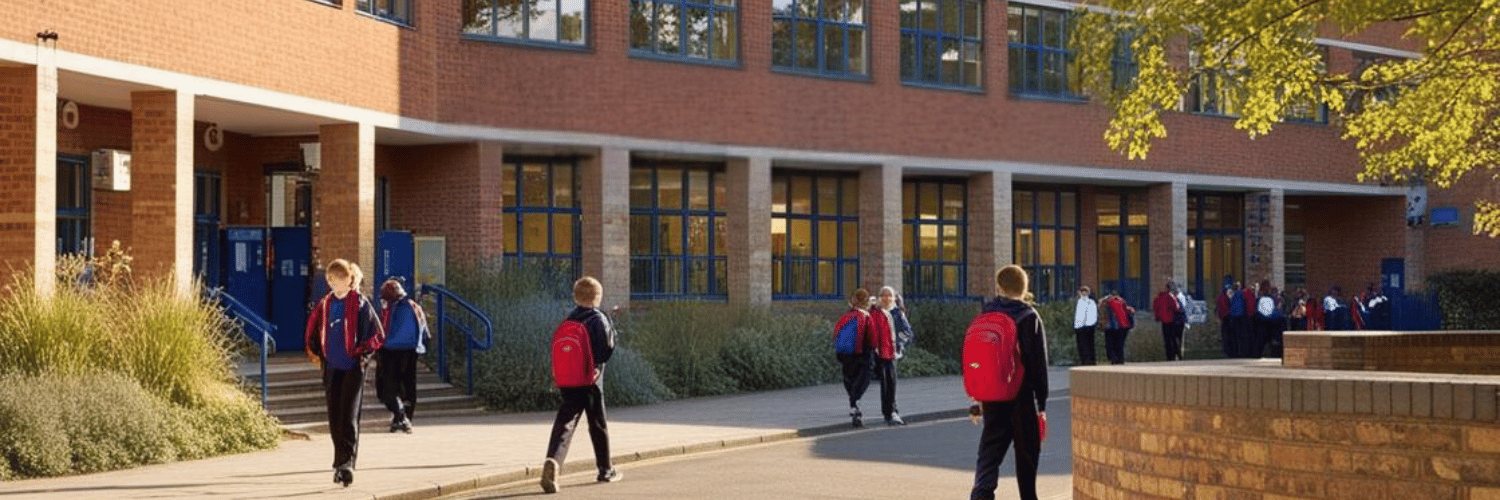KCSIE and the Evolution of Safeguarding in Schools
A Decade of Change
In this article, Jason Tait, DSL and Co-founder of The Student Voice, discusses the significant evolution of safeguarding practices and the Keeping Children Safe in Education (KCSIE) guidelines over the past decade.
In the last decade, school safeguarding practices have changed significantly, particularly regarding the Keeping Children Safe in Education (KCSIE) which was first published in 2014. Ten years on, KCSIE updates show a greater understanding of child welfare and the need for broader and more nuanced approaches that requires schools to consider harms that take place outside of the family environment. A key focus nowadays is contextual safeguarding. This approach looks beyond immediate dangers to consider the wider environments that affect children’s safety and wellbeing.

Get our blogs sent straight to your inbox
Summary of recent developments & expectations that KCSIE now requires of schools
Focus on Wellbeing
Ten years ago, safeguarding mainly addressed immediate dangers like abuse. Today, there’s a stronger focus on overall wellbeing, including inclusion and mental health. Contextual safeguarding encourages schools to consider how community dynamics and influences affect a child’s experience and the relationships they develop beyond their family, both in person and online.
Enhanced Legal Frameworks
KCSIE is updated regularly to reflect new research and societal changes. The latest KCSIE 2024 guidelines focus on online safety and child-on-child abuse. They stress that schools should use a contextual safeguarding approach. Schools must understand how a child’s lived experience, in their community, at school, at home and online life, and in relation to the protected characteristics affects their behaviour and needs.
Multi-Agency Collaboration
Schools are now important parts of a bigger safeguarding network. This network includes the police, health and social services. Effective safeguarding relies on open communication and shared responsibility with these agencies. Contextual safeguarding provides schools with effective data to share with local authority partners that will significantly contribute to keeping young people and children safe and prevent future harm.
Training and Awareness
Training for school staff helps them handle safeguarding challenges effectively. This training now includes the principles of contextual safeguarding, fostering a culture of vigilance and encouraging student voice and reporting.
Empowerment of Students
Schools are required to create safe spaces for reporting concerns, valuing every child’s voice. Contextual safeguarding encourages children to discuss how their environments impact them, leading to a greater understanding of a child’s lived experience and better more and more effective targeted support.
Implications for schools

The recent changes in safeguarding have significant implications for schools, particularly regarding the emphasis on contextual safeguarding:
Policy Updates
Schools must regularly revise their safeguarding policies to align with KCSIE 2024. This update should prioritise contextual safeguarding, ensuring that training addresses the specific safety factors relevant to their community and environment.
Cultural Shift
Safeguarding should be a core part of school culture, involving staff, children and parents in proactive measures. Emphasising contextual safeguarding helps everyone understand their responsibility, supports the mission and ethos of schools and embeds a culture of safety within the process of teaching and learning.

Implications for Designated Safeguarding Leads (DSLs)
The recent changes in safeguarding introduce expanded responsibilities for DSLs, with a particular emphasis on contextual safeguarding:
Expanded Role
DSLs are now required to address a broader spectrum of issues,including online safety and mental health. Understanding contextual safeguarding is key. It helps us recognise the various factors that impact children’s wellbeing and how these factors are influenced by their environments.
Ongoing Training
Continuous professional development is important for DSLs. It helps us stay updated on the latest trends and practices in safeguarding, especially those related to KCSIE 2024. This training should focus on contextual elements that influence safeguarding efforts.
Collaboration Skills
As schools increasingly collaborate with external agencies, DSLs must develop strong teamwork skills to effectively engage with social services and community organisations. This collaboration is critical for implementing contextual safeguarding strategies that address the unique needs of children.
Data Management
DSLs have a responsibility to manage data with care, ensuring privacy while also sharing pertinent information as necessary. This balance is crucial in a contextual safeguarding framework, where understanding individual circumstances can inform appropriate responses.
Conclusion
The evolution of safeguarding and the KCSIE framework over the past ten years reflects a strong commitment to creating safer and more supportive environments for children in all aspects of their lived experience.
Contextual safeguarding is vital in addressing the diverse factors that influence child safety. By focusing on the environments where children live and learn, schools can implement effective strategies that manage immediate risks while fostering long-term resilience. This comprehensive approach is essential for creating, inclusive, safe and supportive educational settings in line with the KCSIE 2024 framework. To achieve this, schools need a clear plan that includes regular policy updates and a culture of shared responsibility. For DSLs, their expanded role requires ongoing training, collaboration with external partners and effective data management.
Moving forward, a genuine commitment to contextual safeguarding will be crucial in nurturing safe environments for our young people and children. By understanding how communities shape children’s experiences, schools can help every child feel secure and supported.
The relationships that young people make during their formative years influence what they expect from future relationships, so if they socialise in safe, inclusive and supportive environments then they will form safe, inclusive, and supportive relationships (and the same applies for harmful, discriminatory abusive relationships). By ensuring that young people are in nurturing environments – both within educational settings, and outside them – we can reduce the risk of future harm.
KCSIE, September 2024 supported by a contextual safeguarding approach, provides schools, DSLs, and local authority partners with the capacity to sustainably work together to safeguard children. Doing so will result in safer communities and safer futures.
